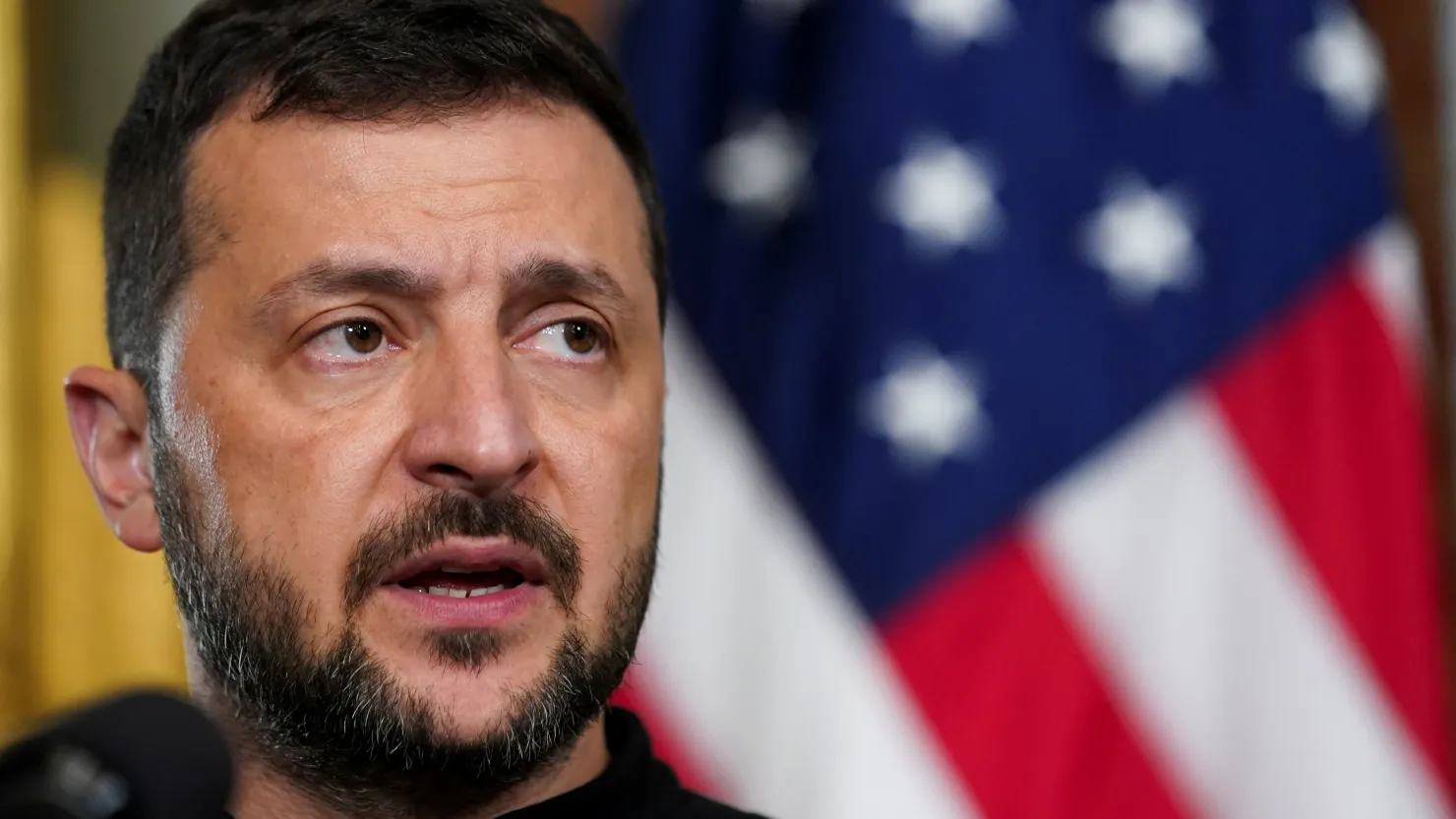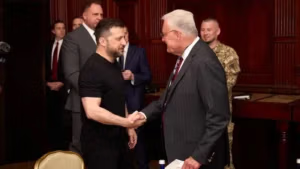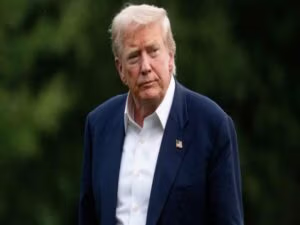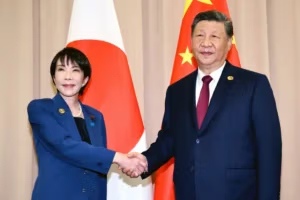As the U.S. presidential election comes to a close, uncertainty looms large in Kyiv, where leaders recognize the outcome could drastically shape the future of U.S. support for Ukraine amid its ongoing conflict with Russia.
A recent NBC News poll indicates a tight race between Republican nominee and former President Donald Trump and the Democratic candidate, Vice President Kamala Harris. For Ukraine, the stakes are high, with current President Joe Biden — a strong advocate of aid to Kyiv — set to leave office.
Key Concerns Over Funding for Ukraine
After nearly three years of combat, support for Ukraine is showing signs of fatigue among its main backers, including the U.S., despite the Biden administration and NATO’s consistent public support. Analysts agree that a Trump-led administration and certain hard-line Republicans would likely push back against new aid packages, potentially straining Ukraine’s military capacity. Conversely, a Harris presidency, while more favorable, may still face resistance in securing future funding from Congress.
Kyiv is acutely aware of the impact the election could have. “We understand that one potential scenario is unfavorable for Ukraine,” Yuriy Sak, a senior official, stated. He emphasized that Kyiv intends to press its case for sustained support, warning of detrimental consequences for both Ukraine and the U.S. should aid falter. “Regardless of the outcome, we hope the U.S. will continue to support us until victory is achieved and peace restored,” he added.
Impact of Congressional Control on Aid Packages
Another crucial factor is which party will control Congress post-election. This balance of power could either enable or limit the future president’s influence over aid allocations. While Harris has promised long-term support, Republicans’ reluctance to authorize substantial packages could complicate her administration’s plans. Months-long delays in a recent $61 billion aid package highlight the hurdles such a path might entail.
Potential Withdrawal of U.S. Military Assistance
Trump has hinted at his intent to halt military aid for Ukraine, stating he could end the war within “24 hours,” though he has not explained his plan. Analysts suggest Trump might see cutting aid as a means to pressure a swift peace settlement with Russia, a strategy his running mate J.D. Vance also supports, citing a need for Ukraine to make concessions.
Trump’s unpredictability underscores a legitimate concern in Kyiv, with economists noting that while Europe is a leading donor, U.S. military aid is critical to Ukraine’s defense efforts. If the U.S. withdraws, Europe would face the daunting task of bridging the gap, requiring swift action and possibly €50 billion in bonds to meet Kyiv’s demands.
Europe’s Contingency Plan and Russian Assets
Ahead of the U.S. election, G7 leaders have coordinated a $50 billion loan to Ukraine, partially funded by frozen Russian assets, aiming to “Trump-proof” short-term assistance. They intend to begin disbursing funds by year’s end, before any new U.S. administration could alter the agreement.
However, if U.S. support fades in 2025, Europe would likely shoulder a heavier burden, increasing calls for utilizing $330 billion in immobilized Russian assets, mostly held in Europe, to aid Ukraine. Though some EU nations worry about retaliation, nearly $191 billion of these assets are held in Belgium’s Euroclear, making this a possible but contentious path forward.





